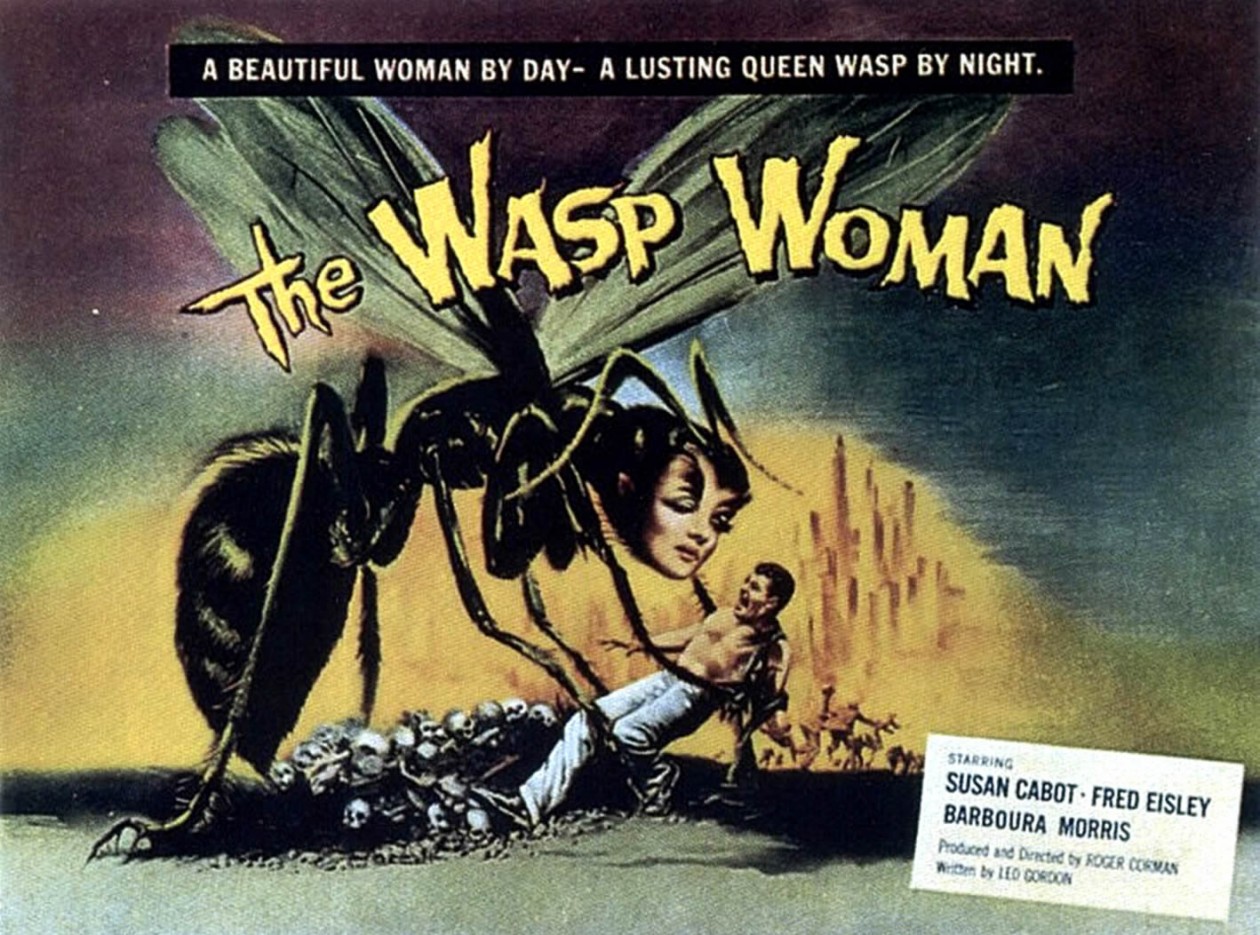The Article is a dissection of the roles of women in noir film, as the title suggests. The article primarily deals with what the author calls the “Spider woman” or the Femme Fatale, the sexy dangerous alluring woman who’s sexual liberty and agency make her dangerous. The Femme Fatale then must be punished as her sexual liberty is within the narrative a crime against men, and for the man’s own protection she must be destroyed.
In stark contrast to the Femme Fatale there is a homey woman who fulfills the more “traditional” role of woman as caregiver, this archetype offers comfort and nurture without asking for much if anything in return. This archetype exists to play the foil to the Femme Fatale character and to maintain the ideals set forth by society at the time. The nurturing woman is to be viewed as good, the femme fatale is bad and if if weren’t any clearer the femme fatale is punished for being the femme fatale.
The article then discusses whether Noir is a genre or a movement, highlighting several points and examples to illustrate the point that Noir is movement and therefore transcends genres and noir stylized films or even noir scenes can and do appear in many different genres of film, the most notable example is included via link. While I couldn’t find a video clip (sorry) Ramrod is a western which heavily features Noir elements and themes.
My notes from the article are below and included links to some of the films mentioned. As are a few critical questions relating to the article.
Which role from the Noir genre as discussed in the article does Bree (Jane Fonda, Klute) fill if any? How about Helen (Dietrich, Blonde Venus) ?
Is Noir a Genre of film or is it a movement and if it is a Movement how is modern Noir accounted for, Usual Suspects for example.
Is the archetype of the Femme Fatale pro feminist or is it a step backwards in how women are viewed in post war america?
- The woman is defined in relationship to the men
- the femme fatal filling the role of dangerous, sexually liberated dark woman
- the notion of her sexual liberty and agency are what make her dangerous
- The womans sexual liberation is seen as a crime against men, therefore she must be punished for that crime
- Despite problems Noir is one of the few period genres in which women are given agency, they are intelligent and powerful
- Rise of the sex goddess (Marilyn Monroe) shifting the archetypal woman post WW2
- We, the audience, do not remember the noir woman’s demise but rather her strong sexuality, her dangerous and exciting nature
- The change in noir film compared to earlier is that the Noir woman must be controlled by the man lest the man be destroyed by her sexuality
- discussion of whether Noir is a genre or a movement, German expressionism, Italian Neo-realism, Soviet socialist realism
- attitudes on film are reflexive of attitudes of the time, fear of loss of stability, identity and security
- Genres exist through time (What about Noir films produced in modernity, Usual suspects?)
- Discussion of Ramrod
- context is dependent on more than just what’s on screen, previous filmography, era, cultural identities shifting through time etc.
- Norma Desmond, sunset boulevard, notion of spider woman (clip)
- cigarette as a symbol of womans “unnatural” phallic power
- strength of the woman is illustrated by cinematography
- mirror shots to highlight duplicitous nature of the women in the film
- the opposing archetype of the nurturing woman
- woman as a redeeming force
- she gives love understanding and nurture in return asks nothing or very little
- she is linked to the pastoral elements traditionally associated to her
